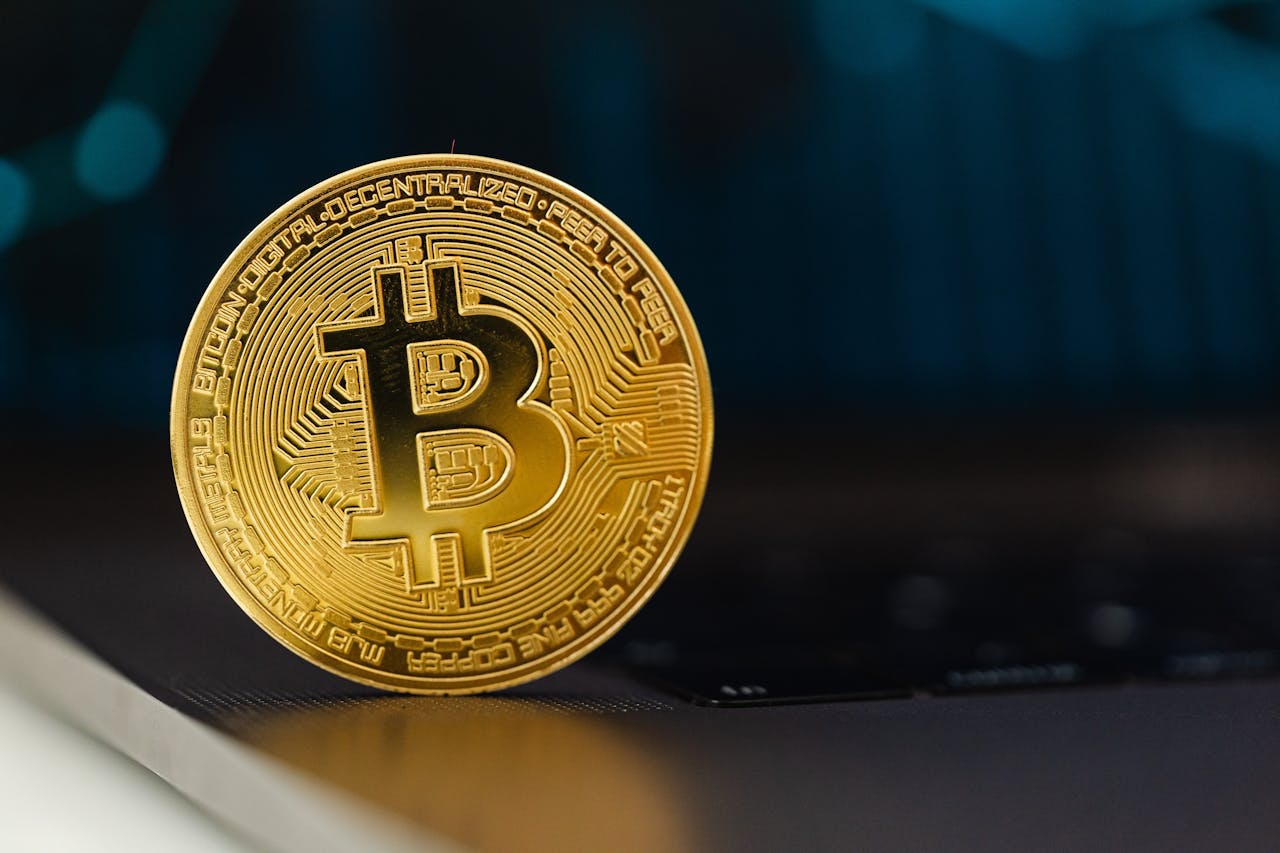What is Bitcoin, and why is everyone still talking about it in 2025? As digital currencies continue to reshape global finance, Bitcoin—the first and most recognized cryptocurrency—remains a dominant force. But how does it work, and more importantly, how do you buy Bitcoin or even mine it yourself? In this article, I’ll break down everything from the basics to real-world usage so you can get a solid grasp on how to navigate this fast-evolving market.
Bitcoin: A Revolutionary Breakthrough in Digital Currency
Bitcoin (BTC) is a decentralized digital currency that operates on blockchain technology, enabling peer-to-peer transactions. You can think of it as “cash” on a global scale, but with no control from any banks or governments.
Bitcoin was first introduced by Satoshi Nakamoto in 2008 with the aim of solving some issues present in the traditional currency system, such as inflation and transaction delays. By 2025, Bitcoin has become a globally significant asset, with many countries accepting it as a form of payment.
Let’s Talk About What Makes Bitcoin Special
The core value of Bitcoin lies in its decentralized nature—there is no central authority controlling it. This feature gives Bitcoin strong resistance to interference, particularly in economically unstable countries where Bitcoin has become a tool for many to escape currency devaluation. For example, in Venezuela, due to severe local currency devaluation, many citizens have turned to Bitcoin for savings and transactions.
However, Bitcoin’s value doesn’t stop there. With the entry of institutional investors, Bitcoin’s market has gradually shifted from being a purely “tech” phenomenon to becoming the focal point for global investors. By 2025, Bitcoin’s market capitalization has surpassed $1.634 trillion, with a unit price of approximately $82,743.6, making it one of the top ten assets by market cap globally.
How to Buy Bitcoin?
To enter the Bitcoin world, the first step is to purchase it. So, how exactly can you buy Bitcoin?
Choosing the Right Trading Platform
Currently, there are many cryptocurrency trading platforms worldwide offering Bitcoin purchase and trading services. In 2025, platforms like Coinbase, Binance, and Kraken remain the most popular choices.
Buying Bitcoin is quite simple. First, you need to register an account on the trading platform and complete identity verification. Then, you can use methods like credit cards, bank transfers, or PayPal to purchase Bitcoin. Exchanges usually charge a certain transaction fee, which you should check in advance.
What Coinbase’s User Growth Can Teach Us
Taking Coinbase as an example, by 2025, the active user count on Coinbase has exceeded 100 million. According to official data from Coinbase, in 2025, the daily trading volume on the platform surpassed $10 billion, making it one of the largest one-stop cryptocurrency trading platforms globally.
Bitcoin Mining: High Barrier, Potential Rewards?
If you have sufficient technical background and equipment, you can also earn rewards by mining Bitcoin. Bitcoin mining involves utilizing powerful computing power to participate in maintaining the Bitcoin blockchain.
Mining Difficulty and Equipment Choices
Since Bitcoin’s inception, the difficulty of mining has steadily increased. By 2025, Bitcoin mining is no longer as easy as it once was, and ordinary computers are almost incapable of participating. Nowadays, mining requires powerful ASIC mining machines, specifically designed hardware capable of providing enough computing power to complete mining tasks.
In 2025, one of the industries consuming the most electricity globally is cryptocurrency mining. According to data from Digiconomist, Bitcoin mining’s electricity consumption has surpassed Argentina’s total national electricity demand, which has sparked significant debates over environmental concerns.
Mining Rewards
Mining rewards are not fixed. Due to Bitcoin’s “halving” mechanism, the block reward is halved every four years, meaning the amount of Bitcoin miners receive for mining a new block gradually decreases. For example, in 2025, the block reward for Bitcoin has dropped to 3.125 BTC per block.
Despite this, mining remains a choice for many tech enthusiasts and institutional investors. By 2025, the computing power of some large mining pools has exceeded the electricity demand of many small countries. For miners, the return on investing in mining machines and power resources is still worth considering.
How to Use Bitcoin?
Bitcoin is not just an investment tool; it’s also a payment method. With increasing global recognition of Bitcoin, more and more merchants are accepting Bitcoin payments.
Bitcoin Payments
By 2025, approximately 30% of online retailers globally accept Bitcoin payments. Bitcoin’s fast settlement and cross-border payment advantages have made it indispensable for some international transactions.
For example, in regions like Europe and North America, e-commerce platforms like Overstock and Newegg allow consumers to purchase products with Bitcoin. Additionally, many restaurants and travel agencies have begun to accept Bitcoin payments.
Bitcoin’s Future Applications
Beyond payments, blockchain technology (the underlying technology behind Bitcoin) is also being applied across various industries. From supply chain management to healthcare and even government affairs, the integration of Bitcoin and blockchain is revolutionizing global industries.
The Risks and Security of Bitcoin
Although Bitcoin provides numerous investment opportunities, it also comes with significant risks.
Security Issues
Bitcoin’s security is a hot topic. Since 2017, there have been multiple instances of Bitcoin wallets and exchanges being hacked. For example, in 2017, the Mt. Gox exchange was hacked, resulting in the theft of 850,000 Bitcoins, a major event in the history of cryptocurrency.
To safeguard your Bitcoin assets, users need to choose highly secure hardware wallets and back up their private keys regularly. Additionally, it’s a wise decision to avoid storing Bitcoin on exchanges.
Market Volatility
Bitcoin’s price is highly volatile. In January 2025, Bitcoin’s price briefly surpassed $100,000, setting a new all-time high. However, a market correction followed, and the price dropped back down. As of April 6, 2025, Bitcoin’s price is around $82,743.6. Recently, prices have rebounded, but market sentiment remains divided. Some analysts predict that Bitcoin’s price could reach $200,000 in 2025, while others believe it may retrace to around $70,000. This volatility presents both opportunities and challenges for investors.
Future Outlook: Bitcoin’s Potential
With ongoing technological advancements and regulatory improvements, Bitcoin’s potential remains vast.
The integration of Bitcoin with traditional financial systems is set to drive further innovation in the global financial market. Whether in payments or investments, Bitcoin has enormous room for growth.
Have you already invested in Bitcoin? How do you think Bitcoin’s future will unfold? Feel free to share your thoughts in the comments section. If you found this article helpful, be sure to share it with your friends to help them understand the potential and risks of Bitcoin.







